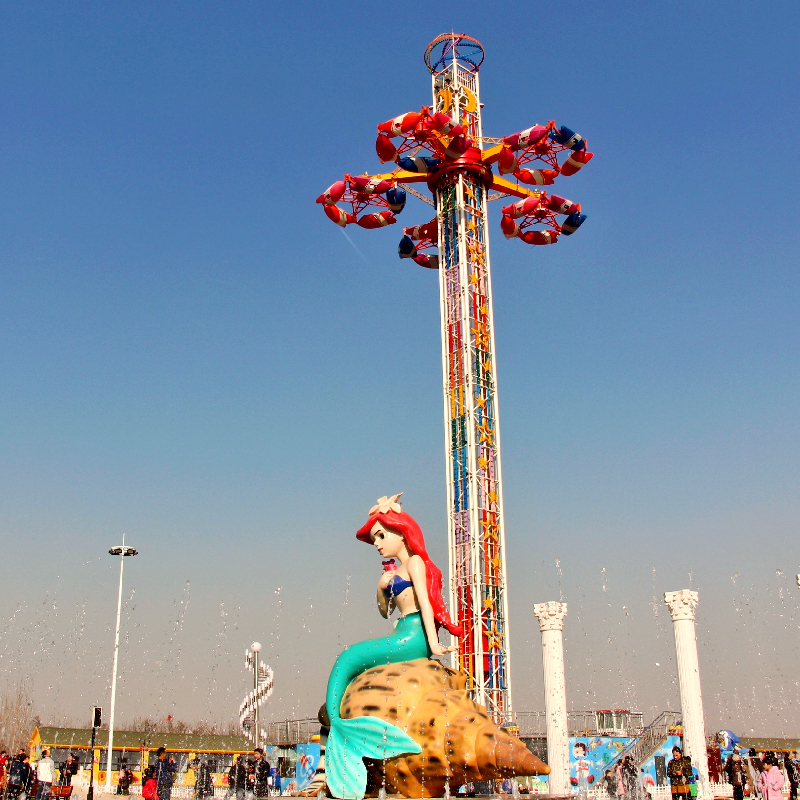- Albanian
- Arabic
- Belarusian
- Bengali
- Czech
- English
- French
- German
- Hebrew
- Hungarian
- Indonesian
- irish
- Italian
- Japanese
- kazakh
- Persian
- Russian
- Thai
- Uzbek
- Vietnamese
different types of roller coaster
Different Types of Roller Coasters
Roller coasters are one of the most exhilarating and popular attractions at amusement parks around the world. They come in a variety of designs and styles, each offering unique experiences that cater to different thrill-seekers. In this article, we will explore the different types of roller coasters and what makes each one special.
1. Wooden Roller Coasters
Wooden roller coasters are among the oldest and most classic types of coasters, dating back to the late 19th century. Made primarily of wood, these coasters provide a nostalgic ride experience characterized by sharp drops and rattling vibrations. The wooden structure allows for a more “natural” feel, simulating a wild ride through twisting turns and sudden drops. Notable examples include the Coney Island Cyclone and the Thunderbolt at Six Flags parks, which continue to attract riders seeking that traditional coaster experience.
Steel roller coasters emerged in the 1970s and revolutionized the thrill ride experience. Unlike wooden coasters, steel structures allow for smoother rides and steeper drops. This flexibility enables innovative designs such as loops, corkscrews, and zero-gravity rolls. Famous steel coasters include Steel Vengeance at Cedar Point and Fury 325 at Carowinds, both known for their impressive height and thrilling inversions. Additionally, steel coasters can be themed and elaborately styled, enhancing the overall ride experience.
3. Inverted Roller Coasters
different types of roller coaster

Inverted roller coasters flip the traditional seating arrangement upside down, allowing riders to dangle beneath the track. This design creates a sensation of weightlessness and increased thrill as riders navigate tight turns and flips. Notable inverted coasters include Batman The Ride and Montu, which offer intense G-forces and a breathtaking view of the surroundings while upside down. The inverted style adds an extra layer of excitement, making these coasters a favorite among adrenaline junkies.
4. Stand-Up Roller Coasters
Stand-up roller coasters allow riders to experience the thrill of the ride while standing up, rather than sitting down. This unique design offers an entirely different perspective and sensation, as riders feel the G-forces differently when standing. Famous examples include Shockwave and Mantis. The feeling of standing adds to the thrill, providing an exhilarating rush as riders twist and turn through the course.
5. Dark Roller Coasters
Dark roller coasters take riders on a thrilling journey through enclosed spaces, combining rapid movements with elaborate theming and storytelling. These coasters often incorporate lighting effects, soundtracks, and special effects to create an immersive experience. Riders may find themselves in an entirely different world as they twist and turn through the dark. The Haunted Mansion and Space Mountain exemplify this genre, offering a unique combination of thrill and entertainment.
Conclusion
The diversity of roller coasters offers something for everyone, from the classic wooden designs to the modern steel giants. Each type provides a unique set of experiences, ensuring that guests at amusement parks can find their perfect ride. Whether you are a seasoned thrill-seeker or a newcomer to the world of roller coasters, these attractions promise unforgettable experiences filled with excitement and joy. As amusement parks continue to innovate, the world of roller coasters is sure to evolve further, offering even more thrilling adventures to enjoy.
-
Flume Ride-Hebei Zhipao Amusement Equipment Manufacturing Co., Ltd.|Thrilling Water Attraction&Customizable DesignJul.30,2025
-
Flume Ride - Hebei Zhipao Amusement Equipment | Water Coaster, Thrilling DescentJul.30,2025
-
Flume Ride - Hebei Zhipao | Thrilling Water AttractionJul.30,2025
-
Flume Ride: Thrilling Water Attraction by Hebei Zhipao|Log Flume Manufacturers&Flume Ride DesignJul.30,2025
-
Flume Ride-Hebei Zhipao Amusement Equipment Manufacturing Co., Ltd.|Thrilling Water Coaster, Safe DesignJul.30,2025
-
Flume Ride-Hebei Zhipao Amusement Equipment Manufacturing Co., Ltd.|Thrilling Water Attraction, Safe DesignJul.30,2025
